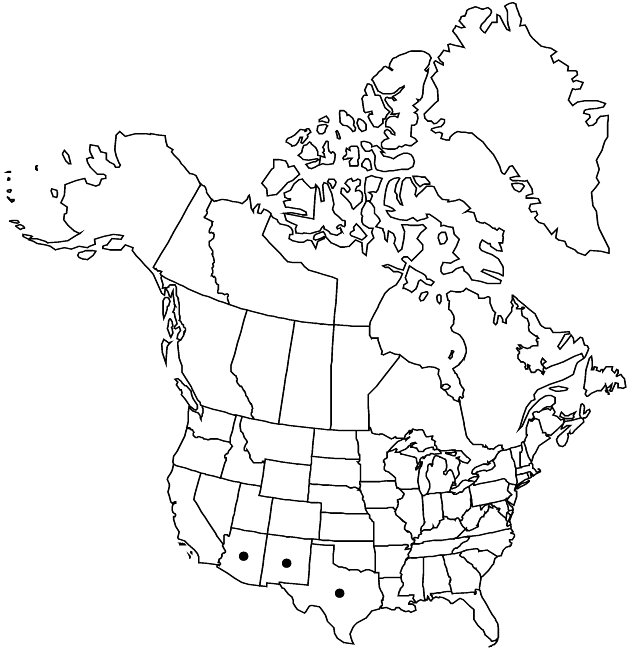Difference between revisions of "Carminatia tenuiflora"
in A. P. de Candolle and A. L. P. P. de Candolle, Prodr. 7: 267. 1838.
FNA>Volume Importer |
FNA>Volume Importer |
||
| Line 49: | Line 49: | ||
|publication year=1838 | |publication year=1838 | ||
|special status= | |special status= | ||
| − | |source xml=https://jpend@bitbucket.org/aafc-mbb/fna-data-curation.git/src/ | + | |source xml=https://jpend@bitbucket.org/aafc-mbb/fna-data-curation.git/src/8f726806613d60c220dc4493de13607dd3150896/coarse_grained_fna_xml/V19-20-21/V21_1302.xml |
|tribe=Asteraceae tribe Eupatorieae | |tribe=Asteraceae tribe Eupatorieae | ||
|genus=Carminatia | |genus=Carminatia | ||
Revision as of 15:31, 18 September 2019
Stems usually puberulent and villous (hairs crinkled, multi-cellular), sometimes glabrate. Petioles 1–5 cm, villous-ciliate. Leaf blades (proximal to mid stem) broadly ovate to cordate, 2–8 × 1.5–6 cm, bases obtuse to truncate or subcordate, margins subentire to dentate, margins villous-ciliolate (sometimes sparsely villous along veins as well), apices obtuse to acute. Heads 1–10+ per principal node, ascending to erect; sessile or on peduncles to 7 mm. Involucres 9–12 mm. Phyllaries glabrous (margins sometimes ciliolate). Corollas 5–6 mm, slightly exceeding pappi, 0.2–0.3 mm diam., apices slightly constricted, lobes 0.15–0.2 mm; anthers included, ca. 0.8 mm; style branches usually short-exserted. Cypselae gray to nearly black, 3.5–5 mm; pappi white, 5–8 mm. 2n = 20.
Phenology: Flowering Aug–Oct.
Habitat: Oak-juniper woodlands, cypress woodlands, grasslands, riparian areas
Elevation: 1000–2200 m
Distribution

Ariz., N.Mex., Tex., Mexico.
Discussion
Selected References
None.
